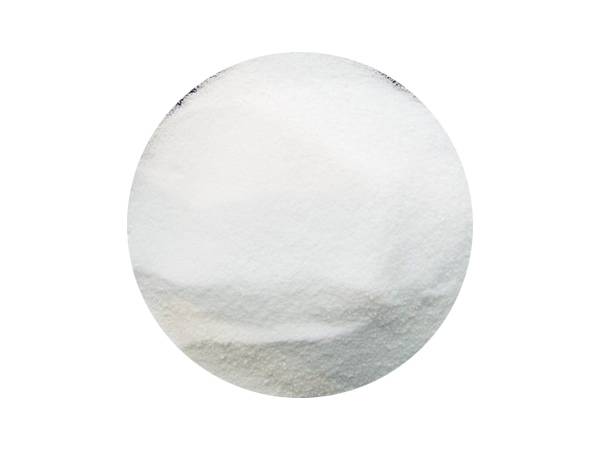



0.1 m sodium hydroxide msds
Safety Data Sheet Overview 0.1% Sodium Hydroxide Solution
Introduction
Sodium hydroxide (NaOH), commonly known as caustic soda, is a highly alkaline, hygroscopic chemical that is widely used across various industries. In its 0.1% solution form, sodium hydroxide is often utilized in laboratories, cleaning agents, and in various chemical processes. This article aims to provide an overview of the Safety Data Sheet (SDS) pertaining to a 0.1% sodium hydroxide solution, highlighting its properties, hazards, safe handling practices, and emergency response measures.
Chemical Identification
Chemical Name Sodium Hydroxide CAS Number 1310-73-2 Concentration 0.1% Synonyms Lye, Caustic Soda
Sodium hydroxide is classified as a strong base, capable of dissociating completely in water to produce hydroxide ions. The low concentration of 0.1% reduces its corrosive nature slightly compared to concentrated solutions (which can be over 30%), yet caution is still advised.
Physical and Chemical Properties
- Appearance Clear, colorless liquid - Odor Odorless - pH Approximately 12.5 (dilute) - Solubility Fully miscible in water
Due to its alkaline nature, a 0.1% sodium hydroxide solution poses certain risks, especially to skin and eye contact.
Hazards Identification
The SDS for 0.1% sodium hydroxide outlines the potential hazards associated with exposure to the solution
- Health Hazards - Skin Contact Prolonged exposure may cause irritation and possible chemical burns. - Eye Contact Contact with eyes can lead to severe irritation, redness, and damage. - Ingestion Harmful if swallowed; can cause burns to the gastrointestinal tract.
0.1 m sodium hydroxide msds

- Environmental Hazards Although the solution is less toxic comparatively, it can adversely affect aquatic life if released in large quantities, contributing to increased pH levels in water bodies.
Safe Handling and Storage
When handling 0.1% sodium hydroxide, it is crucial to adopt proper safety measures
1. Personal Protective Equipment (PPE) Use appropriate gloves, protective eyewear (safety goggles), and lab coats to minimize contact. 2. Ventilation Ensure good ventilation in the working area to prevent inhalation of vapors, although the 0.1% solution has minimal vapor release.
3. Storage Guidelines Store the solution in a cool, dry place, away from incompatible materials, such as acids, to prevent exothermic reactions. Use containers made from materials resistant to corrosion.
First Aid Measures
In case of exposure, the SDS provides the following first aid measures
- Skin Contact Rinse the affected area gently with water for at least 15 minutes while removing contaminated clothing. Seek medical attention if irritation persists.
- Eye Contact Rinse the eyes immediately with plenty of water for at least 15 minutes and contact a physician immediately.
- Ingestion Do not induce vomiting. Rinse the mouth with water and seek immediate medical attention.
Conclusion
In summary, a 0.1% sodium hydroxide solution is a useful resource across various applications, but it comes with inherent risks that require careful handling and awareness of safety practices. By following the guidelines detailed in the Safety Data Sheet, users can minimize hazards related to health and environmental impacts, ensuring a safe working environment. Awareness and education around proper use, storage, and emergency procedures play a significant role in fostering a safe and effective approach to handling chemicals in any setting.
-
Why Sodium Persulfate Is Everywhere NowNewsJul.07,2025
-
Why Polyacrylamide Is in High DemandNewsJul.07,2025
-
Understanding Paint Chemicals and Their ApplicationsNewsJul.07,2025
-
Smart Use Of Mining ChemicalsNewsJul.07,2025
-
Practical Uses of Potassium MonopersulfateNewsJul.07,2025
-
Agrochemicals In Real FarmingNewsJul.07,2025
-
Sodium Chlorite Hot UsesNewsJul.01,2025










